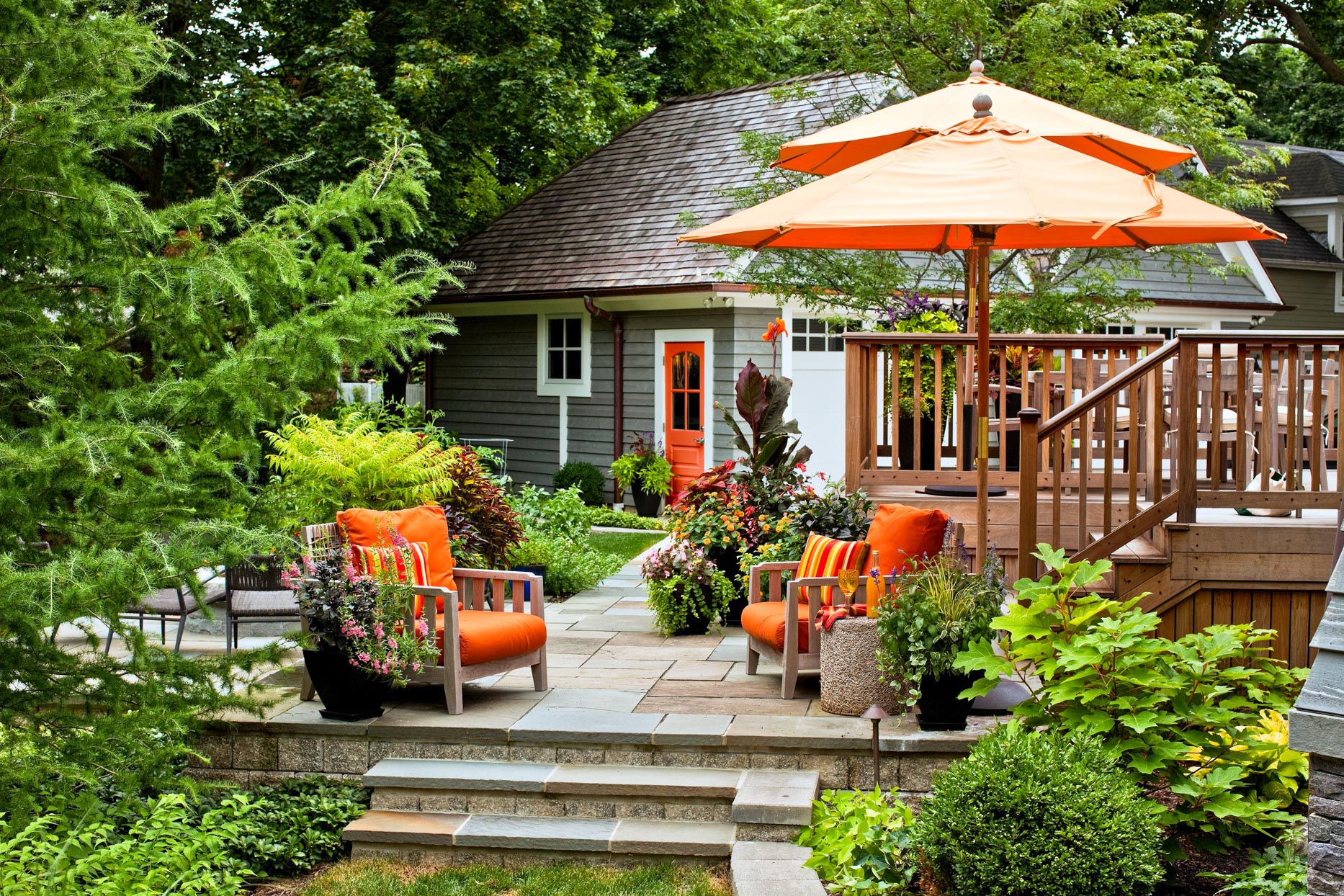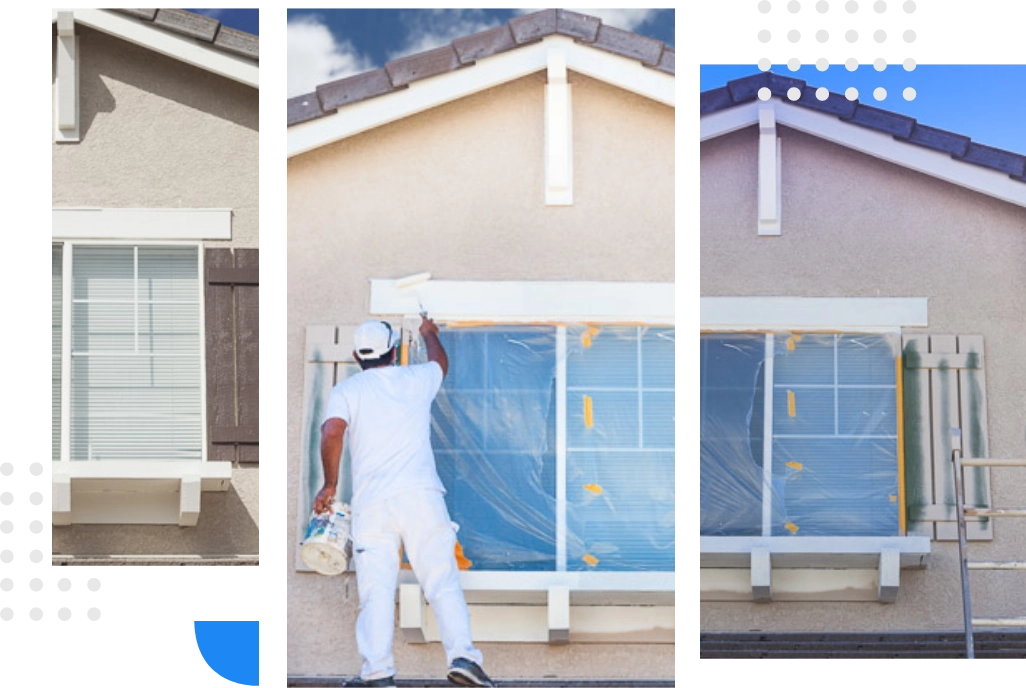In landscape design, the main area and focal points play crucial roles in creating visual interest, defining the layout, and drawing attention to key elements of the landscape. Here’s how to identify and design the main area and focal points in your landscape:
- Identify Main Area: The main area of your landscape is typically the largest or most central space where primary activities or functions will occur. This could be a lawn, patio, deck, courtyard, or other open area that serves as the primary gathering or activity space in your landscape.
- Consider Functionality: Determine how you plan to use the main area of your landscape. Will it be used for entertaining, dining, relaxation, recreation, gardening, or a combination of activities? Consider the needs and preferences of your household members and design the main area to accommodate their lifestyle.
- Define Boundaries: Use elements such as pathways, hedges, fences, or changes in elevation to define the boundaries of the main area and create a sense of enclosure and intimacy. These features can help delineate the space and guide movement through the landscape.
- Create Focal Points: Focal points are key elements in the landscape that draw the eye and create visual interest. They serve as focal points of attention and help to establish hierarchy and balance in the design. Focal points can be natural features like trees, rock formations, or water features, or they can be man-made elements like sculptures, arbors, or fire pits.
- Select Focal Point Locations: Identify strategic locations within the main area and throughout the landscape where focal points can be placed to maximize their impact. Consider factors such as sight lines, scale, proportion, and visual prominence when selecting focal point locations.
- Balance and Harmony: Arrange focal points in a balanced and harmonious manner to create visual cohesion and flow throughout the landscape. Avoid overcrowding the space with too many focal points, and ensure that they complement each other and the overall design aesthetic.
- Enhance with Plantings: Surround focal points with appropriate plantings to enhance their visual impact and integrate them into the landscape. Use a combination of trees, shrubs, perennials, and annuals to frame, accentuate, and soften the edges of focal points while adding color, texture, and seasonal interest.
- Consider Seasonal Interest: Choose focal points and plantings that provide interest and beauty throughout the seasons. Select plants with varying bloom times, foliage colors, and textures to ensure year-round appeal and keep the landscape vibrant and engaging in all seasons.
- Lighting and Accents: Enhance the visibility and allure of focal points with appropriate lighting and accents. Use landscape lighting to highlight focal points and create ambiance in the evening hours. Incorporate decorative elements like containers, seating, or artwork to further accentuate focal points and add personality to the landscape.
- Personalize and Adapt: Tailor the main area and focal points of your landscape to reflect your personal style, preferences, and interests. Be open to experimentation and adaptation as your needs and tastes evolve over time, and don’t be afraid to make changes to enhance the beauty and functionality of your outdoor space.
By carefully planning and designing the main area and focal points of your landscape, you can create a visually striking and inviting outdoor environment that reflects your lifestyle and enhances the beauty and enjoyment of your property.



